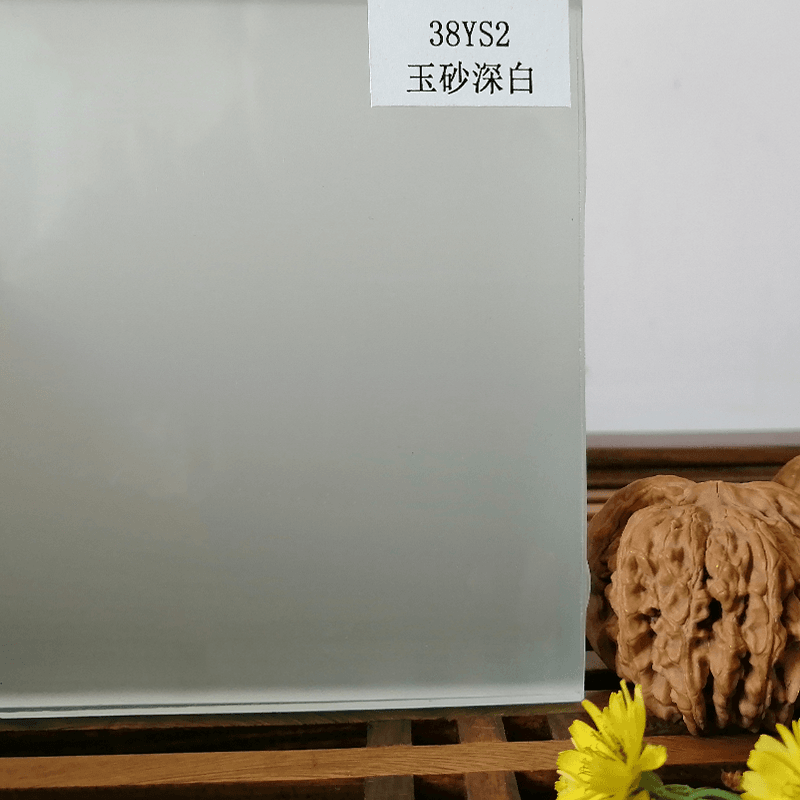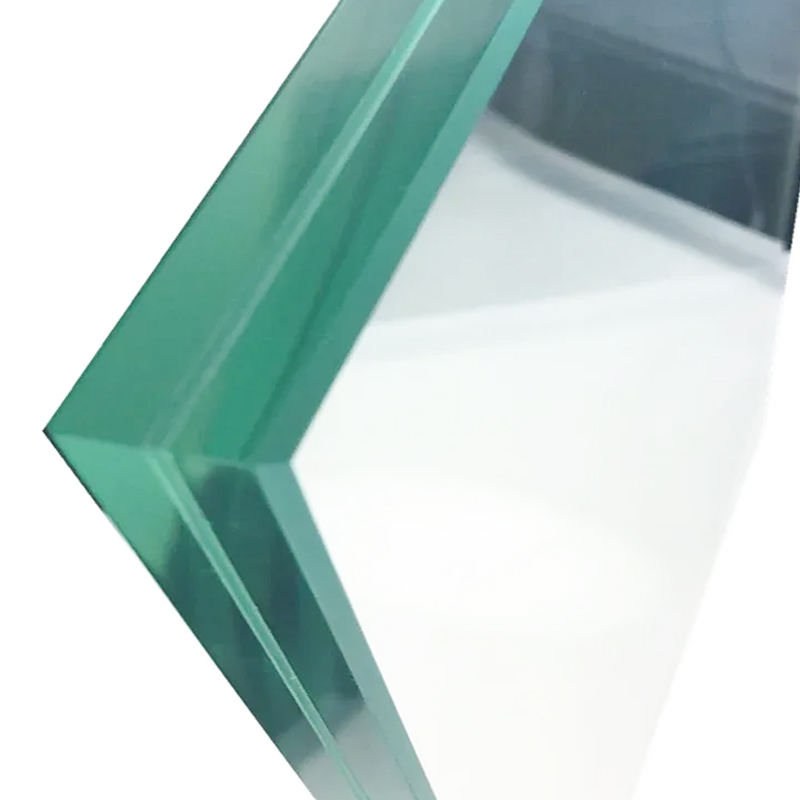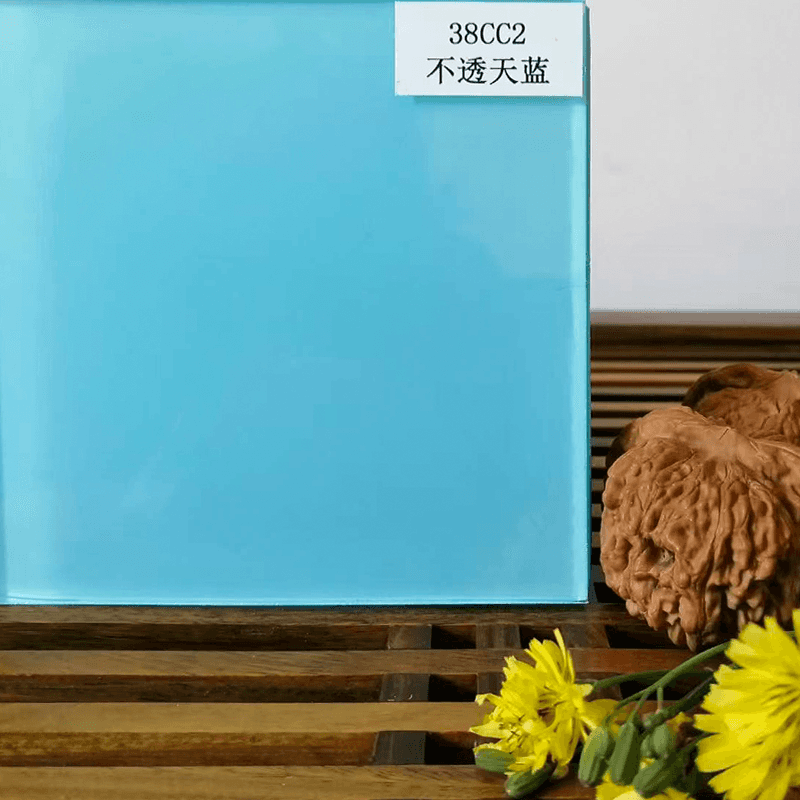language
In the realm of advanced materials, few components are as quietly indispensable as EVA film. Ethylene Vinyl Acetate (EVA) film, though often overlooked, is a cornerstone in various industries, notably in solar panel encapsulation, laminated safety glass, and electronics. Its versatile characteristics—clarity, adhesion, flexibility, and durability—make it a material of choice for high-performance applications.
At its core, EVA film is a thermoplastic copolymer, blending the robust properties of ethylene with the flexibility of vinyl acetate. This marriage yields a product that not only withstands environmental stressors but also offers superior optical transparency and thermal stability. These qualities are essential in industries where durability and clarity are non-negotiable.
One of the most prevalent uses of EVA film is in the solar energy sector. Here, EVA serves as an encapsulant layer within photovoltaic modules. It cushions the solar cells, providing critical protection against moisture, dust, and mechanical shock. With its excellent light transmittance and UV resistance, EVA film ensures that solar panels maintain efficiency over extended periods. Simply put, without EVA, the lifespan and performance of solar panels would be significantly compromised.
In the architectural and automotive fields, EVA film is a key player in the production of laminated glass. Unlike traditional interlayers, EVA offers remarkable adhesion and cross-linking capability, ensuring structural integrity even under extreme temperature fluctuations. Laminated glass embedded with EVA not only provides impact resistance but also acts as a sound insulator and UV shield. These features make it ideal for high-rise buildings, luxury vehicles, and environments demanding enhanced safety standards.

Furthermore, EVA film has made its way into electronics, packaging, and even footwear, showcasing its adaptability. In electronics, it acts as a bonding agent; in packaging, it serves as a protective layer with high barrier properties. In sports gear and shoe soles, its cushioning and shock-absorbing traits enhance comfort and performance.
What truly differentiates EVA film from other thermoplastics is its ability to cross-link during lamination. This cross-linking process transforms it into a thermoset material, elevating its mechanical and thermal strength. The result is a product that doesn’t melt under high heat and maintains structural cohesion under stress.
Sustainability is also emerging as a critical narrative around EVA. As global demand grows, manufacturers are investing in eco-friendly production methods and recyclability initiatives. EVA film’s long lifespan contributes to reduced material waste, aligning it with modern environmental standards.
EVA film is more than just a functional material—it’s an enabler of innovation. Whether it’s extending the life of solar panels, fortifying safety glass, or enhancing consumer electronics, its role is pivotal. As industries continue to evolve, EVA film stands poised to meet the demands of tomorrow, quietly but powerfully reinforcing the structures and systems we rely on every day.





